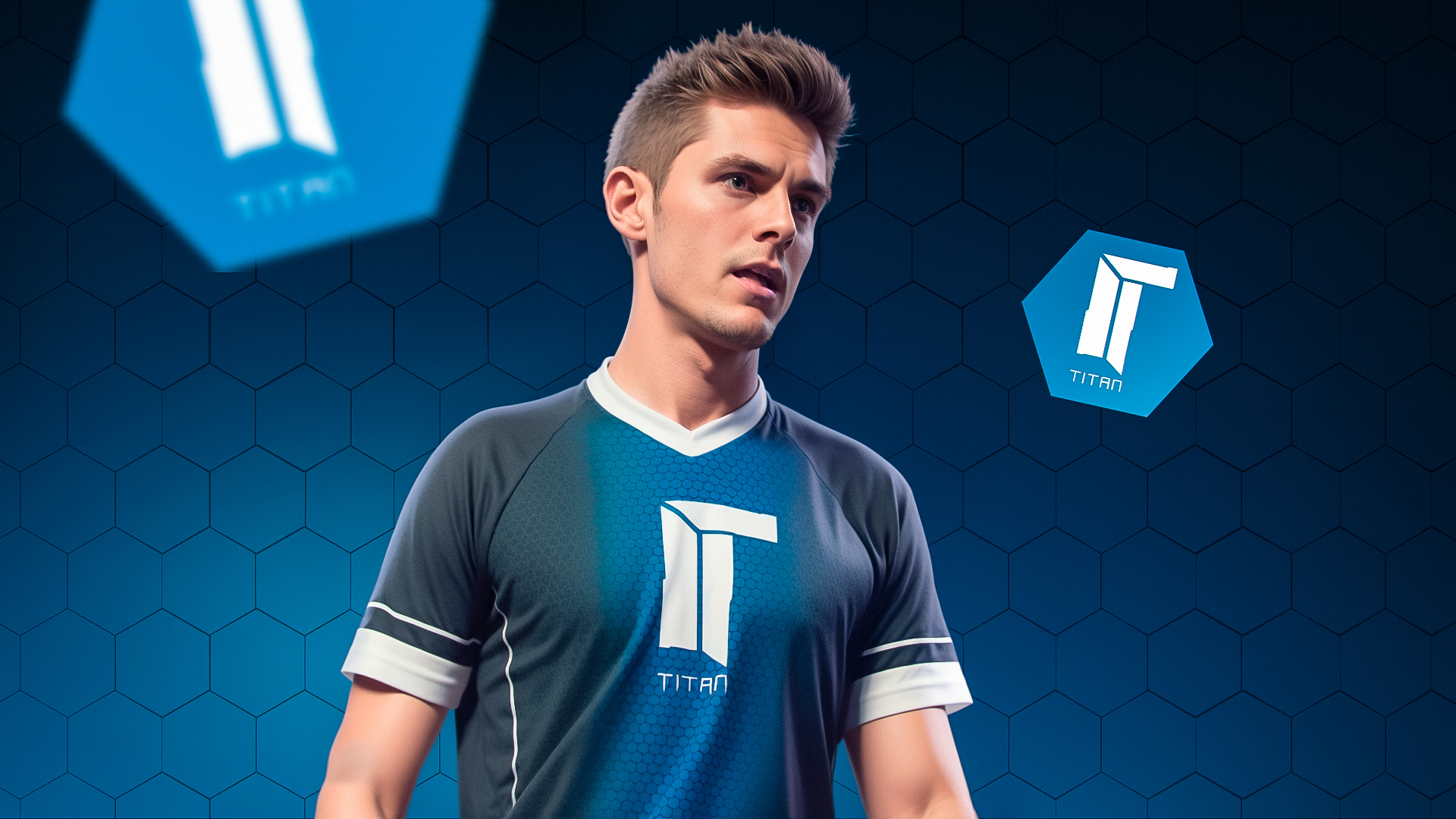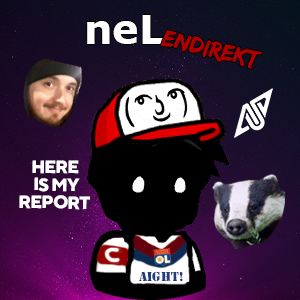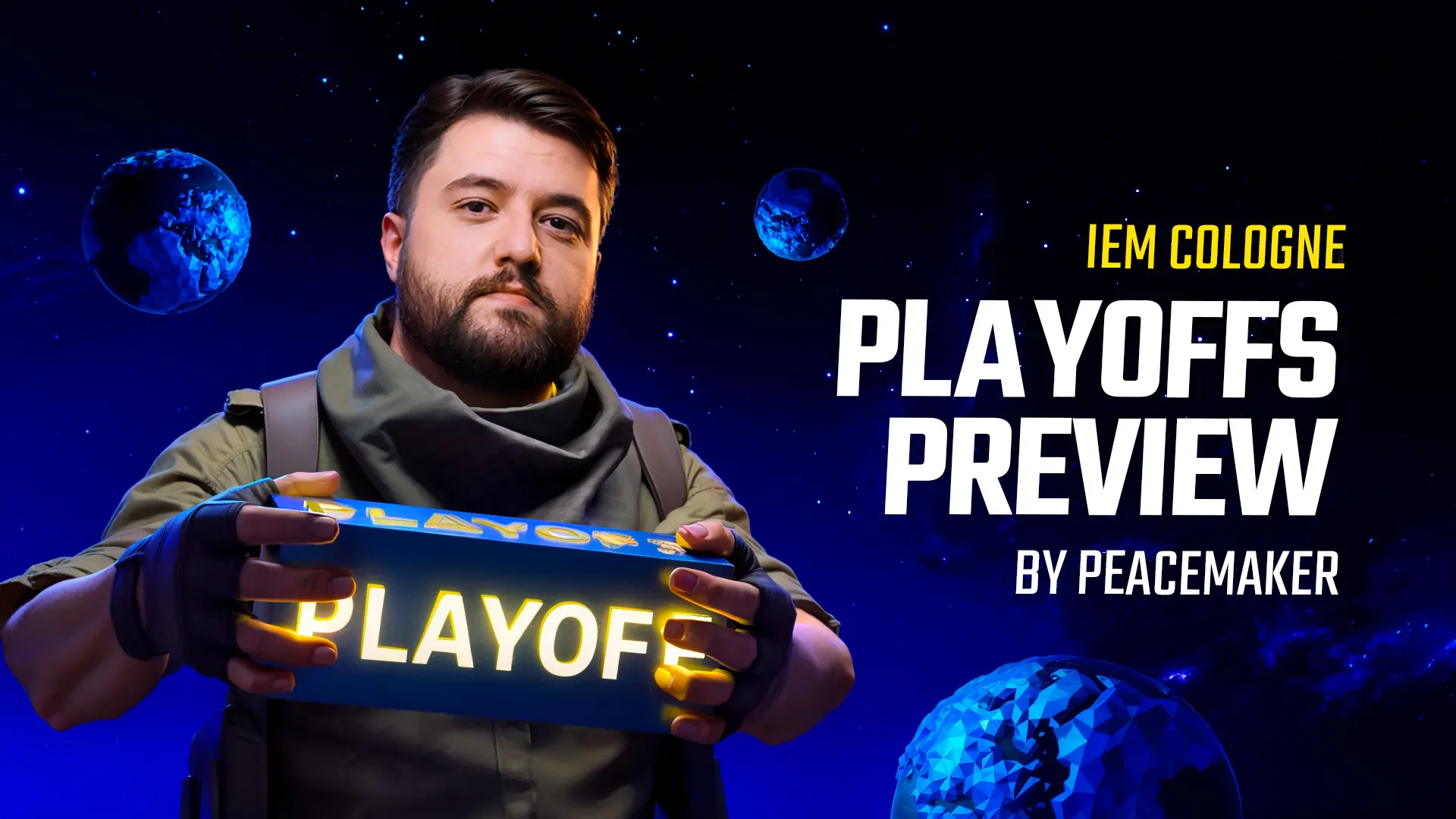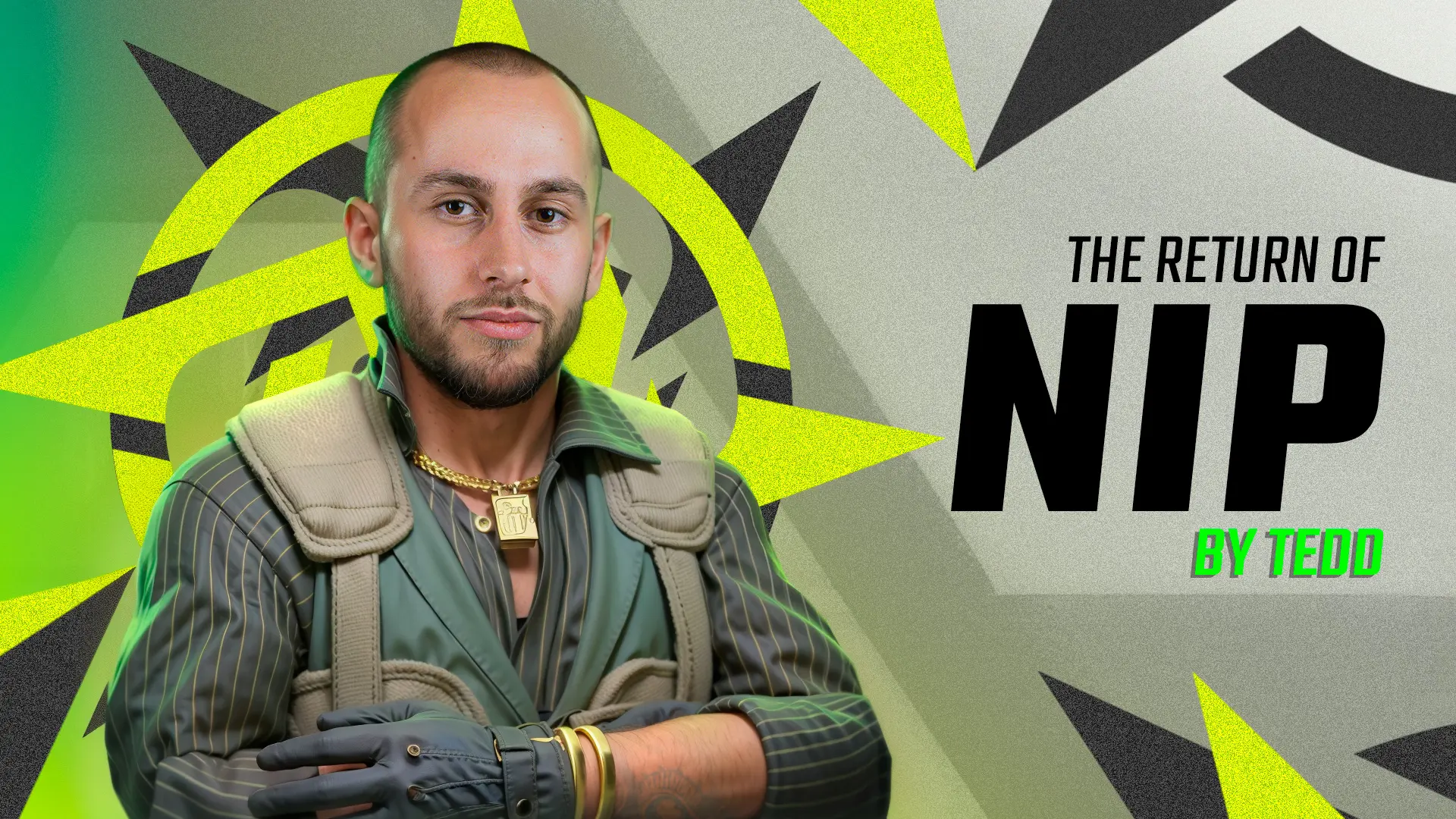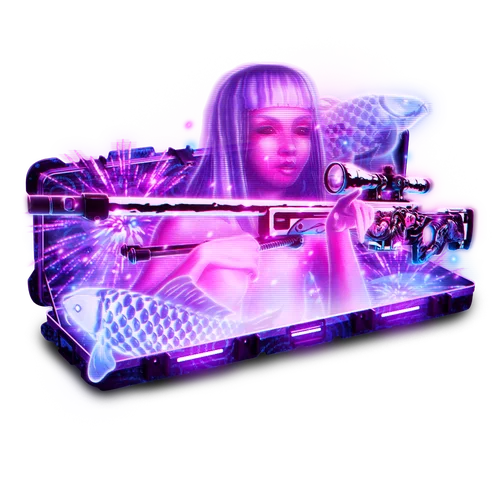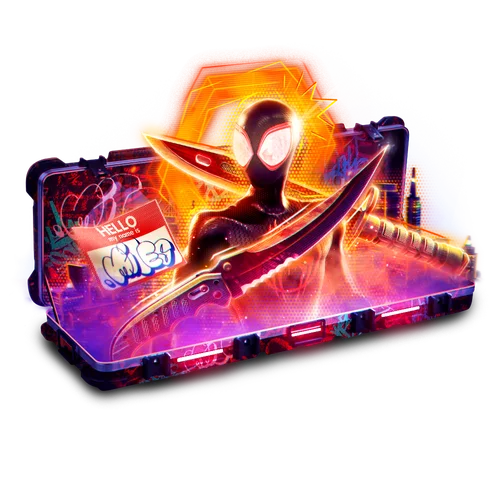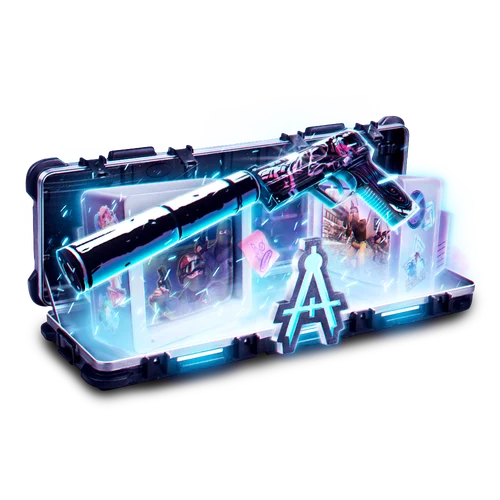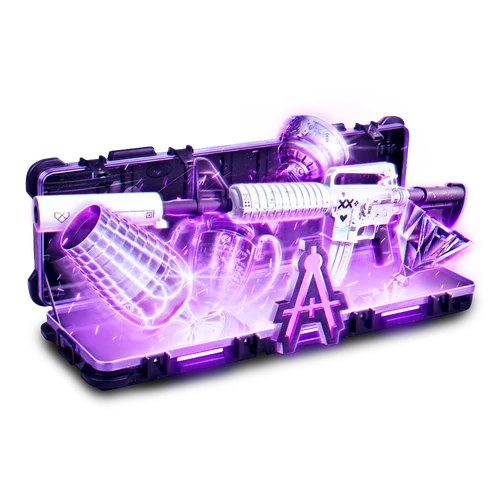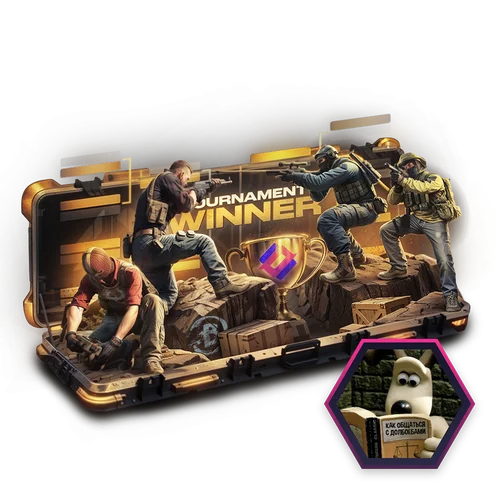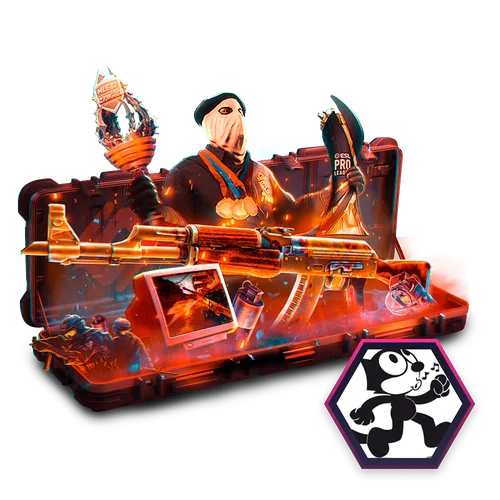Some teams make history through their victories or innovation (see Kinguin: The Team That Changed CS Forever). Others are remembered for their unfulfilled potential (see Astana Dragons: Superteam That Never Delivered). Titan is one of those tragic legends of modern Counter-Strike — the team that should have… but never could.
Long before Falcons suffered their brutal elimination at the BLAST Austin Major — crashing out in 20th–22nd place — another team had already made history in 2014 by falling in the very first round of a Major that was supposed to be theirs. From its birth in a promising context to its silent collapse, Titan embodied a kind of lost romanticism in the ruthless world of top-tier Counter-Strike. This is their story.
The Best Team in the World
At the end of 2013, following the very first CS:GO Major, the competitive scene was still finding its footing. NiP had dominated with their infamous 87-0 streak, and VeryGames had finally gained the upper hand after almost a year of being second-best. In the end, it was the underdogs from Fnatic who claimed the title at DreamHack Winter 2013.
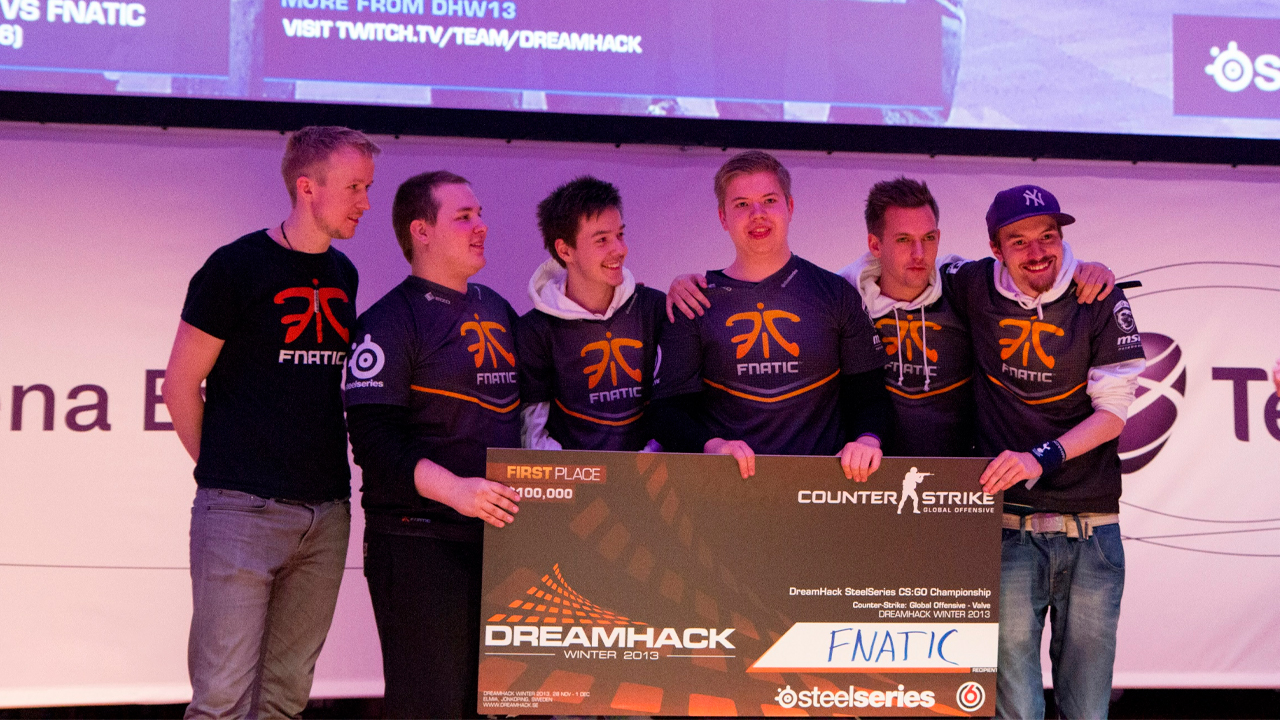
But entering 2014, it was VeryGames who were the heavy favorites. Rebranded as Titan, the team was led by the brilliant in-game leader Ex6TenZ, surrounded by a fearsome roster: NBK, ScreaM, SmithZz, and shox. Together, they embodied tactical, clean, and methodical CS:GO — with just enough flair to make a difference. With Titan came serious business: salaries, a gaming house, full professional structure. Now was the time to prove to the world that they were — and had always been — the best.
The First Ominous Failure
The machine was rolling. Early tournaments were promising, including a victory at DreamHack Invitational I. Then came EMS One Katowice 2014, the year’s first Major. As HLTV put it:
Titan are to be considered the world’s best Counter-Strike: Global Offensive team, and are thus favorites to go through group A untouched.
Confidence was high. HLTV even added:
We can safely say there should be no way that Titan doesn’t advance out of group A.
And yet… nothing went as planned. Titan suffered a brutal exit after a loss to Virtus.pro (who would go on to win the Major) and then to HellRaisers — the former Astana Dragons — 16-14. Confusion reigned. Criticism followed: too structured, not adaptable enough, mentally fragile in clutch moments.
This wasn’t just a setback — it was a warning sign. Despite their talent and discipline, something wasn’t clicking. For the first time, Titan looked vulnerable where they were supposed to shine. Doubt began to creep in.
The End of the Beginning, the Beginning of the End
Titan’s X-factor, shox, left the team. He couldn’t adapt to the strict routine and life in the gaming house. kennyS returned — stronger than ever — but the magic was gone. The changes weren’t enough to reignite the original momentum.
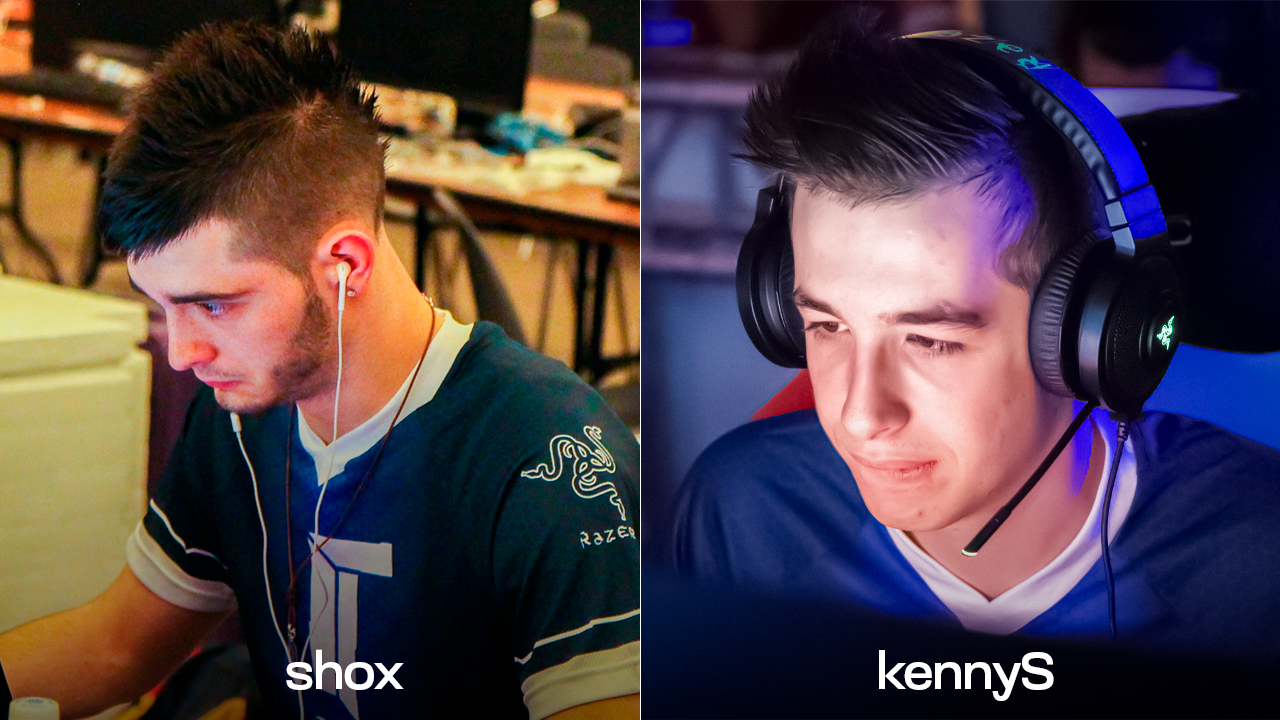
Five months after the Katowice disaster, the next Major approached: ESL One Cologne 2014. Titan was still respected, but no longer feared. Their group seemed manageable: Cloud9, Dignitas, and Vox Eminor. On paper, a quarterfinal spot was a formality.
Once again, nothing went as planned. Titan lost in overtime to Cloud9, then were crushed by Dignitas: 16-1. A disaster. NBK left to join shox, who had made top eight with his new outsider project, Epsilon. SmithZz followed.
KQLY: The Collapse
As Titan hit rock bottom and two of its core members left Ex6TenZ, another storm was brewing in the shadows.
Titan tried to bounce back. ScreaM was benched. Ex6TenZ doubled down on kennyS and brought in three players from LDLC, then the top French team: apEX, Maniac, and a rising star named KQLY. The first French Shuffle was underway.
The new lineup was promising. kennyS and KQLY shined. Titan won DreamHack Invitational II, beating NiP, fnatic, and crucially, their French rivals LDLC, led by shox, NBK, and SmithZz. LDLC would get revenge in the ESWC 2014 quarterfinals in Paris, but behind the scenes, the talk was clear: Titan was rising. The last Major of the year, DreamHack Winter 2014, was theirs to lose.
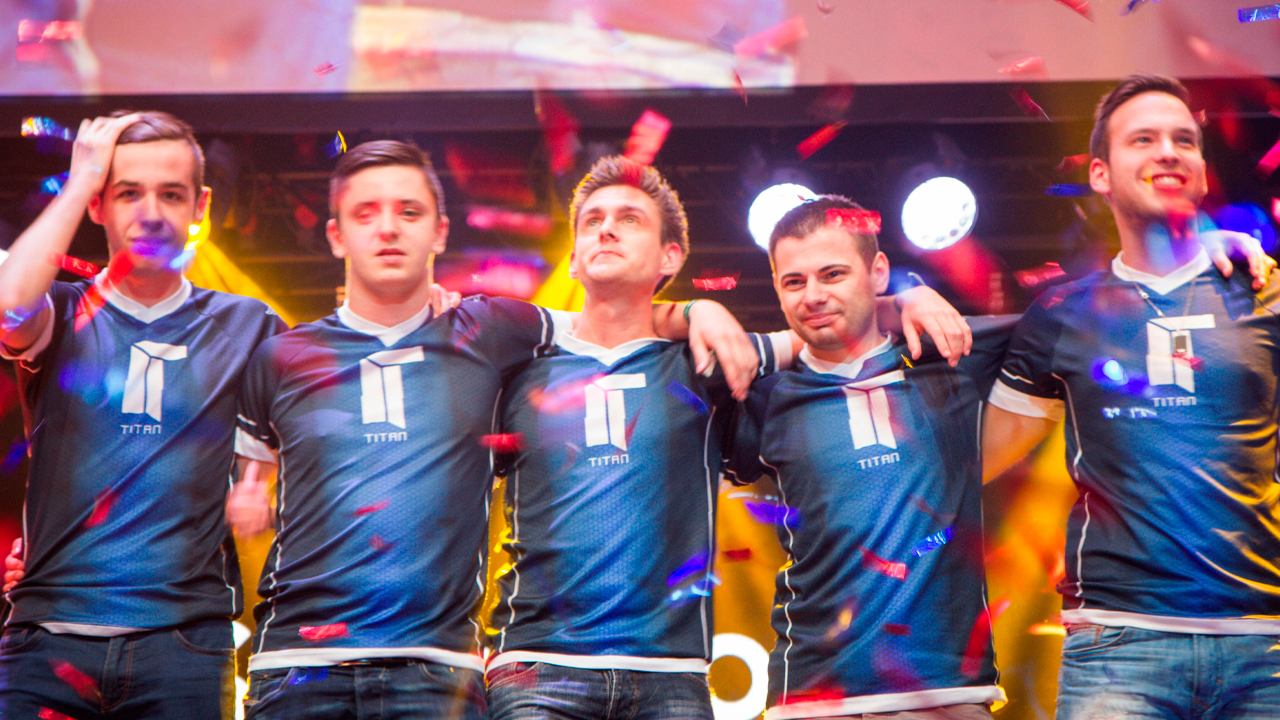
Then came November 2014. And everything fell apart.
KQLY was VAC-banned for cheating. The news hit like a bomb. Just days before the Major, Titan was disqualified. The shock was immense. The scandal shattered the team’s momentum, tainted its reputation, and left deep scars. It was a wound Titan would never truly recover from. The Major, already elusive, now seemed unreachable.
From Light to Shadow
To make matters worse, LDLC went on to win the Major. SmithZz and NBK had made the right call: leaving with shox earned them the title France had been waiting for.
Titan had to rebuild once more. ScreaM was available, but RpK — out of the game for two years — was chosen instead. A bold gamble. The gaming house was abandoned. New direction, new hope. The first Major of 2015, ESL One Katowice, approached. The group seemed favorable: EnVyUs (ex-LDLC), PENTA, and LGB. A top-two finish looked certain.
Again, nothing went to plan. Titan lost 16-14 to EnVyUs. In the lower bracket against PENTA, it was a rout: 16-4 on Cache. The curse continued. The team no longer had its former aura. EnVyUs reached the semifinals… then poached Titan’s two stars: kennyS and apEX. The final blow.
shox and SmithZz returned. But it didn’t matter.
At the next Major, ESL One Cologne 2015, the same pattern emerged: an overtime loss to Na’Vi, followed by elimination in the lower bracket to Renegades — an Australian team. It was hard to fall any further.
ScreaM replaced Maniac, but again, nothing changed. At DreamHack Cluj-Napoca 2015, Titan once again failed to make it out of the group stage.
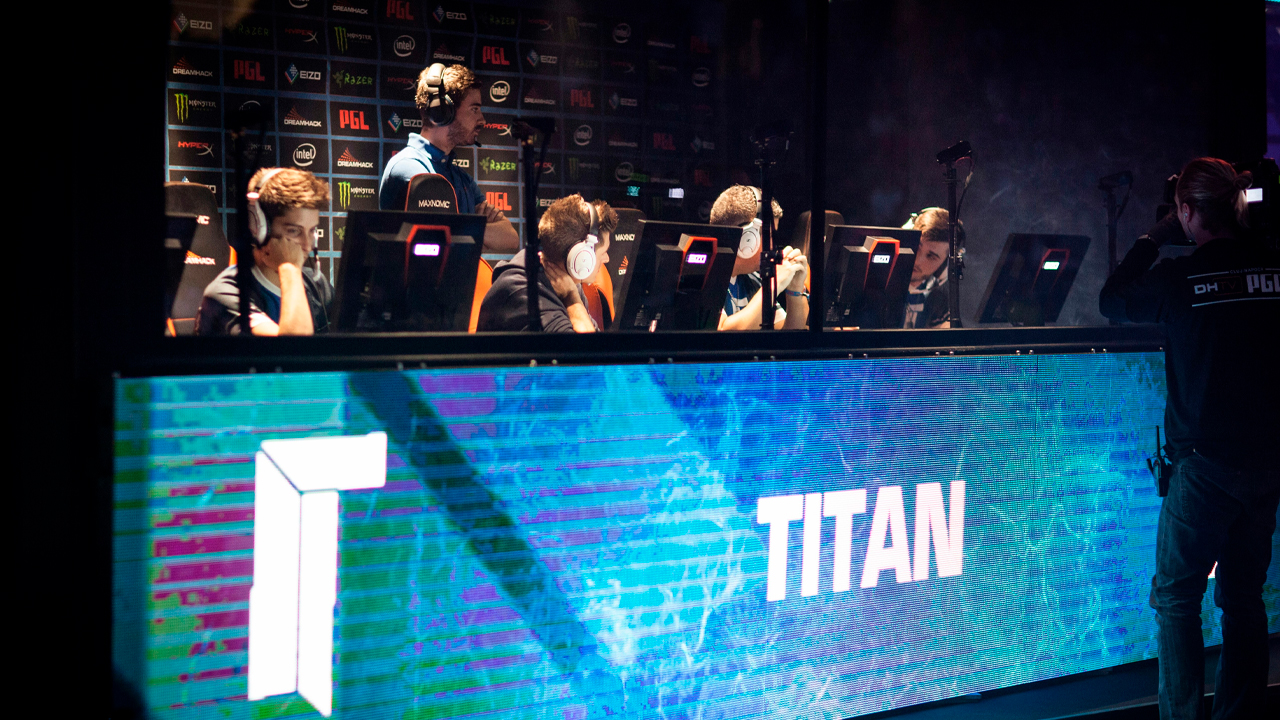
Meanwhile, EnVy — now with kennyS, apEX, and NBK — made the final at Cologne, then won the Major at Cluj-Napoca. A cruel irony. Titan players won Majors… just not with Titan.
The Major, That Inaccessible Holy Grail
Some teams enter history through the front door, crowned in glory and silverware. Others leave their mark in memories, in regrets, in what might have been. Titan belongs to the latter. A tragic legend, built on unfulfilled promises and missed chances.
This was not just another team. Titan represented a vision of the game: collective intelligence, tactical discipline, surgical preparation. At a time when the scene was still evolving, Titan offered architected CS — deliberate and refined. For a while, that vision captivated the world. It even became a model.
But in the unforgiving world of top-level CS, excellence alone is not enough. You must adapt, react, and survive the unexpected. Titan never quite recovered — not from Katowice, not from the departures, and certainly not from KQLY’s ban. Each event pushed them further from their dream.
And that dream was the Major. The sacred trophy, symbol of ultimate success in CS:GO. Titan tried everything: new lineups, new approaches, new rhythms. But fate never tilted their way. No finals. No semifinals. Only regrets.
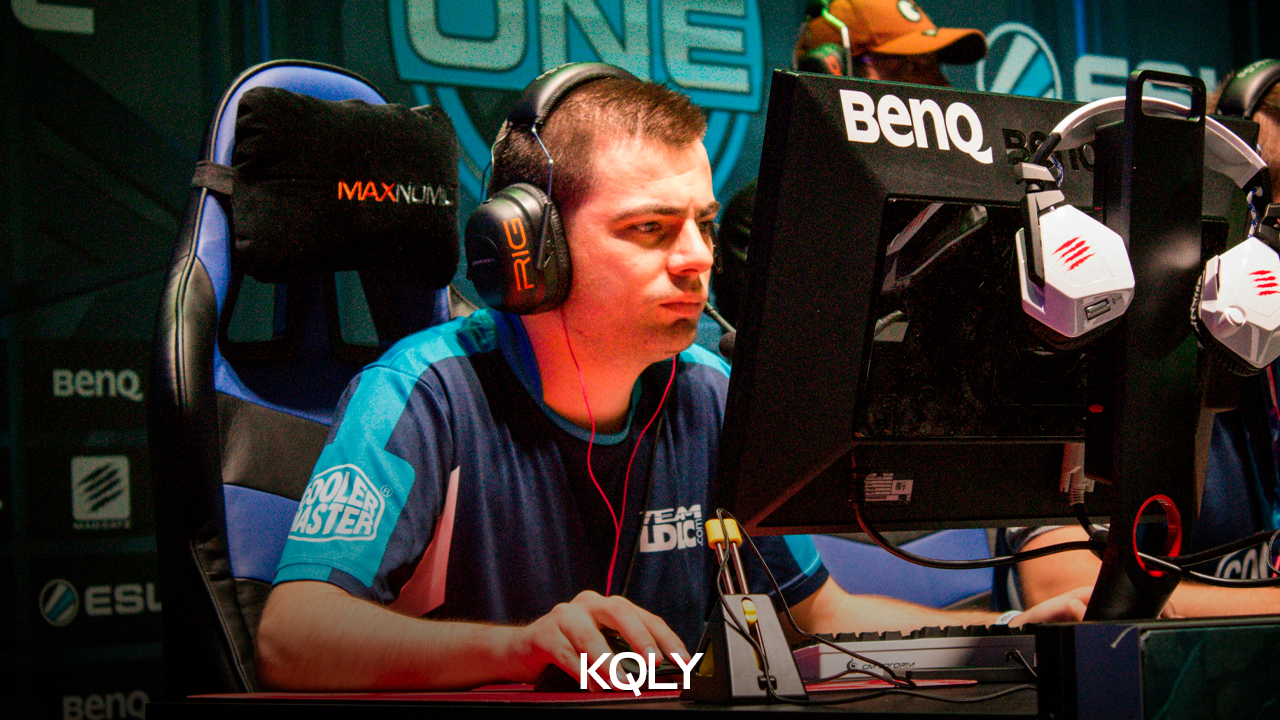
In the history of CS:GO, the Major remains a brutal ambition. Even the greatest don’t always reach it. NiKo, GuardiaN, EliGE, Ex6TenZ, nitr0, Edward, dennis, ScreaM, and now m0NESY… all have chased that holy grail in vain. A trophy that offers eternal glory — but only to the few.
Today, years later, the name Titan still echoes. Not in record books, but in stickers, in memories. In the eyes of those who know that sometimes, talent isn’t enough. That even the best can fall short. Because the stories that stay with us aren’t always the ones of champions — and sometimes, it’s the forgotten defeats that write the greatest legends.





























